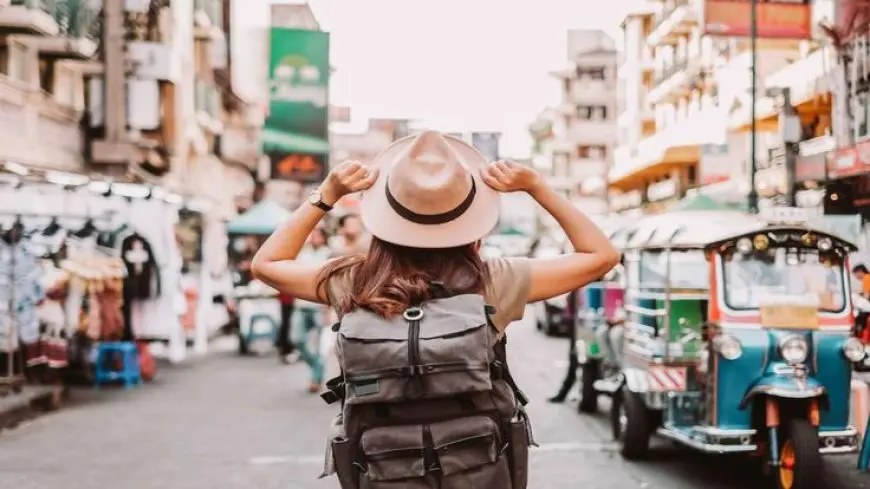How to Avoid Tourist Traps
How to Avoid Tourist Traps

Avoiding tourist traps can enhance your travel experience by helping you discover authentic places, save money, and enjoy a more genuine connection with your destination. With a little research and awareness, you can steer clear of overpriced, overcrowded attractions and make the most of your trip.
Start by doing thorough research before your trip. Look up popular attractions and read reviews to identify which ones are worth visiting. Sometimes, a well-known site is a must-see despite being a tourist hotspot, but smaller, less-publicized alternatives might offer a more authentic experience. Blogs, travel forums, and local guides are excellent resources for finding hidden gems.
Explore beyond the main tourist zones. Venture into neighborhoods and towns away from the city center or iconic landmarks. These areas often have more affordable food, quieter streets, and a chance to interact with locals who aren’t catering to tourists. Walking or cycling can help you uncover these off-the-beaten-path spots.
Avoid restaurants and shops right next to major attractions. These establishments often charge inflated prices and may offer lower-quality goods or meals. Instead, look for places where locals dine or shop. Apps like Google Maps and Yelp can help you find highly rated establishments that aren't in the thick of tourist crowds.
Be wary of pushy sales tactics. Tourist traps often rely on aggressive marketing to draw in visitors, whether it’s tour operators, street vendors, or performers. If something feels too commercialized or overly persistent, it’s likely a tourist trap. Trust your instincts and politely decline if you’re unsure.
Learn to recognize inflated prices. Familiarize yourself with typical costs for food, transportation, and souvenirs in the area. If a service or item seems disproportionately expensive compared to local standards, it’s likely targeted at tourists. Always compare prices before committing to purchases or activities.
Seek advice from locals. Residents are usually happy to share their favorite spots and help you avoid overpriced or overrated places. Strike up a conversation with your host, taxi driver, or someone at a local café. Their recommendations often lead to the most memorable experiences.
Travel during off-peak hours or seasons. Popular destinations tend to be less crowded early in the morning or late in the evening. Similarly, traveling in the shoulder or off-season not only helps you avoid crowds but also makes it easier to connect with locals and enjoy authentic experiences.
Embrace spontaneity and flexibility. While it’s good to have a plan, some of the best travel moments come from unplanned discoveries. Wander through streets, follow your curiosity, and be open to changing your itinerary based on what you find.
By staying mindful and avoiding the allure of tourist traps, you can spend your time and money on experiences that truly reflect the heart and soul of a destination.







